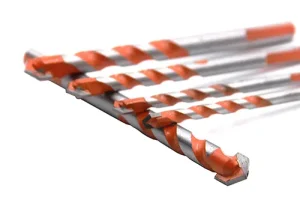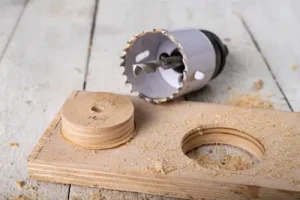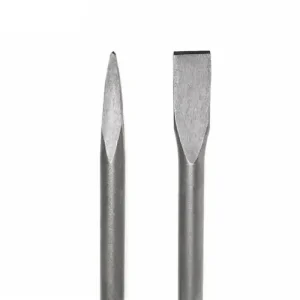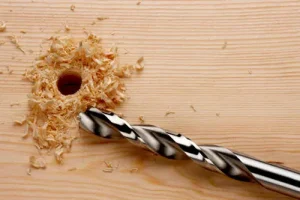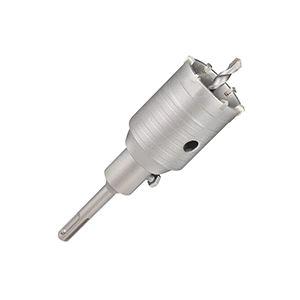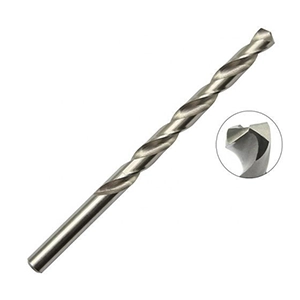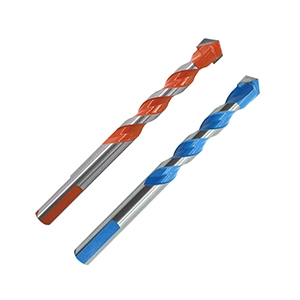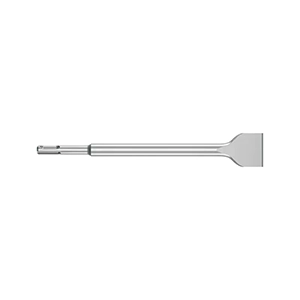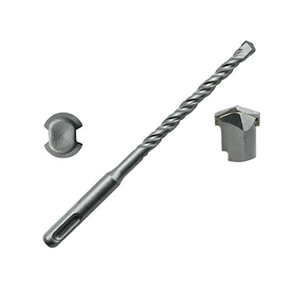HSS Twist Drills: History, Materials, Structure, Properties, and Applications
The HSS (High-Speed Steel) twist drill is a widely used tool for drilling into materials such as metal, wood, and plastic. Known for its high hardness and heat resistance, it has become a preferred choice in industrial and household applications. This article provides an in-depth exploration of HSS twist drills, covering their historical background, material composition, structural design, core properties, and practical applications, offering readers a comprehensive understanding of this essential tool.
1. Historical Background and Origin of HSS
The development of high-speed steel (HSS) can be traced back to the late Industrial Revolution. In the late 19th century, traditional steels could not withstand the high temperatures generated during industrial cutting and drilling, which limited their performance. In response, metallurgists began developing a new alloy that could retain hardness under heat and resist wear and deformation.
In the early 20th century, with the addition of elements like tungsten and chromium, HSS was invented. This breakthrough material enabled cutting tools to remain sharp and stable at high speeds, marking a significant advancement in metalworking and manufacturing. HSS twist drills emerged as a solution to traditional bits that lost hardness at high speeds, significantly enhancing drilling efficiency and laying the groundwork for modern machining.
2. Structural Design of HSS Twist Drills
The structural design of HSS twist drills is closely related to their high cutting efficiency and versatility. The drill’s spiral shape and shank design are key to its functionality:
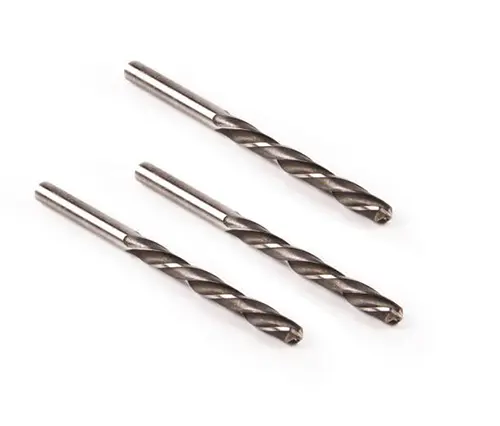
- Spiral Flutes: The helical grooves in the twist drill help channel debris away from the drill hole, ensuring a smooth and efficient drilling process. This design prevents clogging, reduces friction, and allows the bit to cut through materials more effectively.
- Drill Bit Tip: The tip of the HSS twist drill is usually pointed or cross-shaped, reducing friction on initial contact with the material and increasing cutting speed. Some HSS twist drill tips are further hardened to improve impact resistance and durability, making them suitable for heavy-duty use.
- Shank Design: HSS twist drills are typically designed with cylindrical or hexagonal shanks to fit a wide variety of power tools. This design provides stability and allows for quick, easy bit changes, further enhancing usability and efficiency.
3. Material Composition of HSS Twist Drills
The high performance of HSS twist drills is largely due to their unique alloy composition. High-speed steel typically includes elements like carbon, tungsten, vanadium, chromium, and cobalt, which provide the necessary properties for drilling in challenging conditions:
- Carbon and Tungsten: The high content of carbon and tungsten in HSS improves hardness and wear resistance, allowing the drill to maintain sharpness at high speeds and temperatures.
- Chromium: Chromium enhances the corrosion resistance of HSS and also contributes to its ability to maintain stability at high temperatures.
- Vanadium and Cobalt: These trace elements further increase HSS’s toughness and impact resistance, reducing the risk of breakage when drilling hard materials.
In addition, some high-end HSS twist drills are coated with titanium or other hard coatings. This not only increases wear resistance but also reduces friction during drilling, extending the drill’s lifespan and enhancing its performance.
4. Modern Applications of HSS Twist Drills
HSS twist drills are widely used across various sectors and perform exceptionally well in drilling metal, wood, plastic, and other materials. Key applications include:
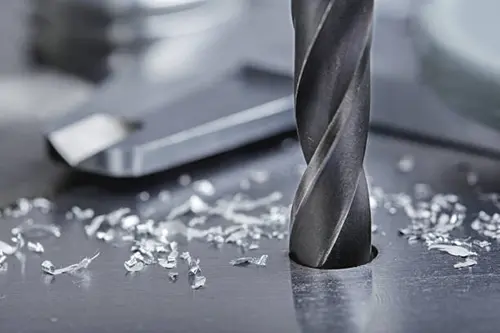
- Metalworking: HSS twist drills are indispensable in metalworking, suitable for drilling both soft metals like aluminum and copper and medium-hard metals like stainless steel and alloy steel. Thanks to HSS’s high hardness and heat resistance, HSS twist drills are commonly found in precision machining and mass production in the manufacturing industry.
- Home Repairs and DIY Projects: Due to their versatility, HSS twist drills are popular for household repairs and DIY projects. They are suitable for drilling wood, plastics, and non-metals, meeting various material needs for home users. Whether it’s installing furniture, hanging hooks, or creating crafts, HSS twist drills are a must-have tool in any home toolbox.
- Construction and Renovation: In construction and renovation, HSS twist drills are used for detailed tasks like installing wiring channels, mounting brackets, and wall drilling. These scenarios require efficiency and minimal wear, making HSS twist drills, with their high durability and thermal stability, ideal choices for construction workers and renovation professionals. Their efficiency in drilling through hard materials like metal and concrete provides an essential tool for fast, effective construction work.
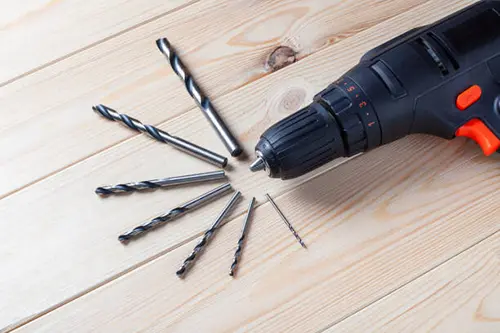
5. Core Properties of HSS Twist Drills
- Heat Resistance: The HSS material allows the twist drill to retain hardness and sharpness under high-temperature conditions, preventing annealing or dulling that can occur with standard bits.
- High Hardness: HSS twist drills exhibit excellent hardness, enabling them to drill through hard materials without bending or breaking. This resilience makes them highly suitable for metals and other durable materials.
- Versatility: HSS twist drills can be used on a range of materials, including metals, wood, and plastics. Their adaptability allows them to be applied in numerous fields, making them a valuable tool for both professional and household use.
6. Significance and Future Prospects of HSS Twist Drills
The invention of HSS twist drills marked a significant milestone in the development of modern cutting tools. Not only did they improve drilling efficiency, but they also extended tool life, providing invaluable convenience to both industrial production and daily use. As material technology continues to advance, HSS twist drills are likely to see further enhancements. For instance, future developments might incorporate advanced nano-coatings or other durable coatings to enhance their wear resistance and cutting performance. Such improvements could allow HSS twist drills to perform even more effectively across a broader range of applications, ensuring they remain a crucial tool in metalworking, manufacturing, and construction industries.
